There are two primary types of acquired brain injuries: traumatic brain injury (TBI) and non-traumatic brain injury. A TBI is a brain dysfunction that is caused by an external force, such as a violent blow, bump, or jolt to the head. A TBI can be classified as an open-head injury or a closed-head injury. An open-head, or penetrating, injury is when the scalp or skull is broken, fractured, or penetrated (i.e, a bullet going through the skull). A closed-head injury is when the skull is not broken, fractured, or penetrated (i.e., head hitting a dashboard in a car accident).
Some common types of TBI’s are:
| Types of TBI | Description |
| Concussion |
|
| Contusion |
|
| Coup-contrecoup |
|
| Diffuse Axonal |
|
On the other hand, a non-traumatic brain injury is a brain dysfunction that is caused by internal factors, such as lack of oxygen, cardiac arrest, an illness, or exposure to toxins. Some most common types of non-traumatic brain injury are:
| Types of Non-traumatic Brain Injury | Description |
| Anoxic Injury |
|
| Toxic/Metabolic Injury |
|
| Encephalitis |
|
| Brain Tumors |
|
| Meningitis |
|
| Stroke |
|
| Drug Abuse |
|
| Hydrocephalus |
|
References:
https://www.shepherd.org/patient-programs/brain-injury/about
https://bouve.northeastern.edu/nutraumaticbraininjury/what-is-tbi/types-of-tbi/

